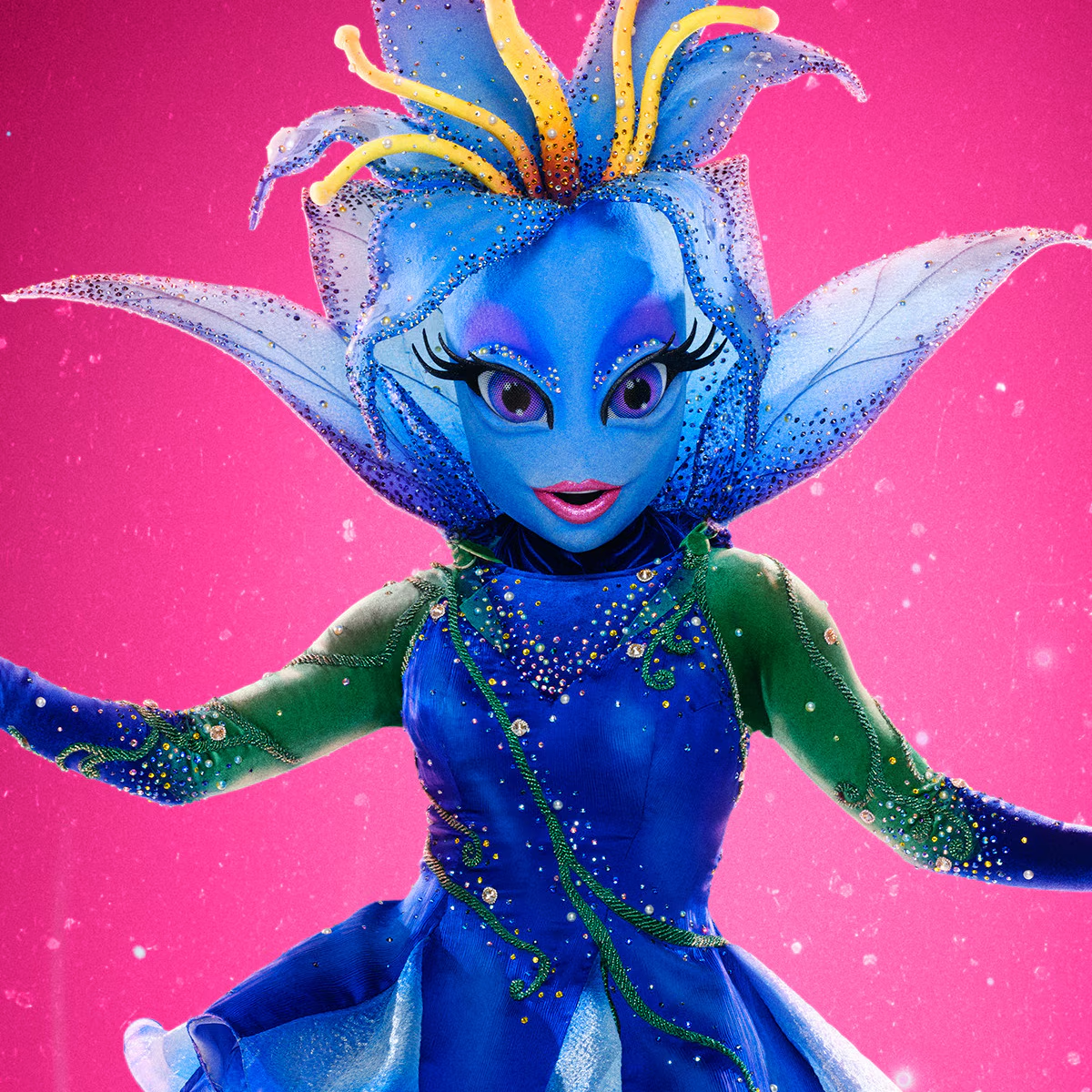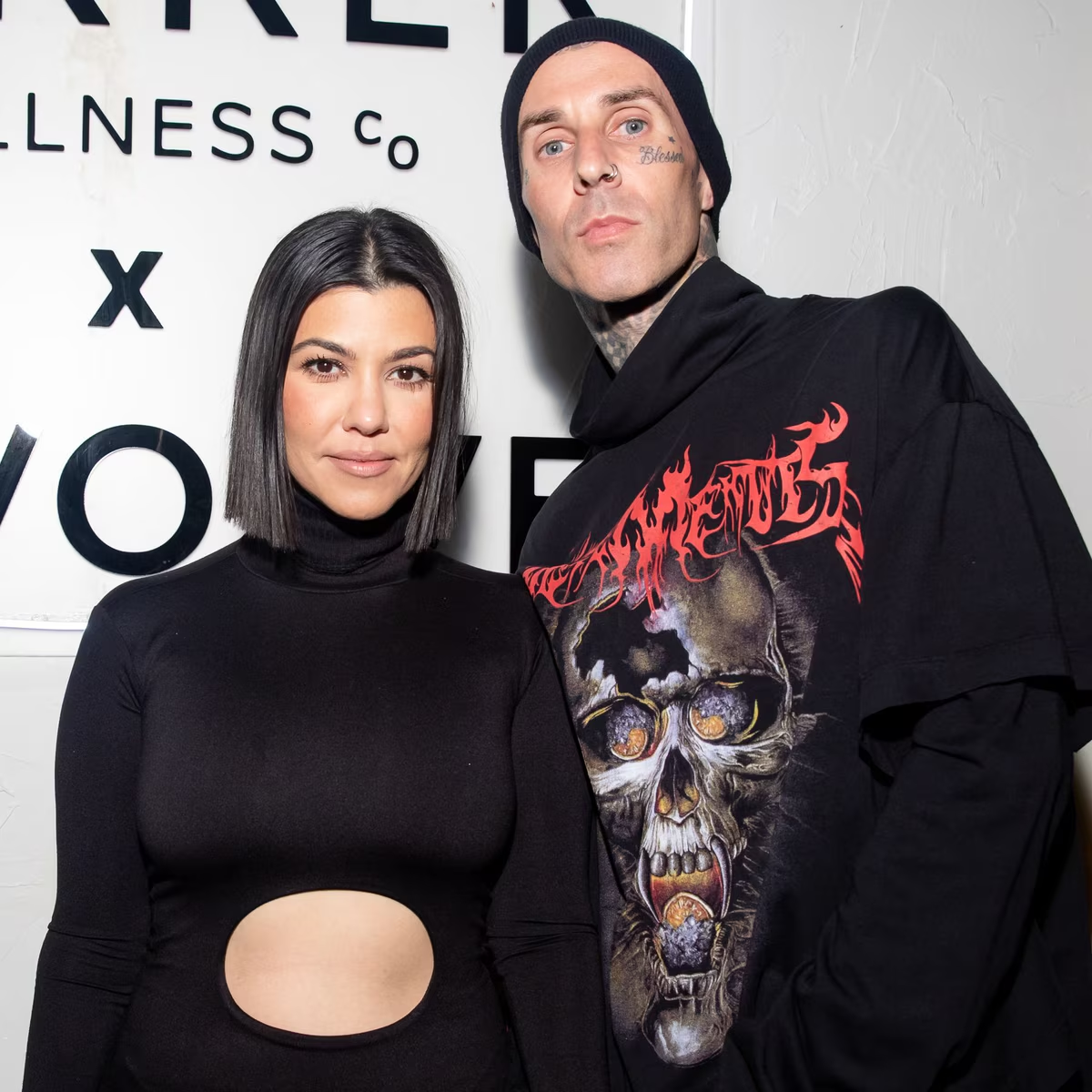Is Barbie a feminist icon? It's complicated
The Barbie movie has smashed box-office records, brought dress-up back and put feminism in the spotlight.
Specifically, it has many asking: Has a doll long criticized for perpetuating outdated gender norms and unrealistic body image become a feminist icon? Has she always been one?
For context: The movie takes place largely in Barbieland, a candy-colored, women-centered utopia where Barbies hold the positions of power (all of the jobs, really, except for "beach") and Kens are essentially peripheral. That's painted in stark contrast to the "real world," of course.
M.G. Lord, the author of Forever Barbie: The Unauthorized Biography of a Real Doll and co-host of the new Barbie podcast LA Made: The Barbie Tapes, describes it as an angry movie made palatable through the lens of childhood products.
"It's almost shocking, in a way, to see such a powerful message in a highly stylized, campy movie with all that pink," she tells Morning Edition's Leila Fadel.
And the film has stoked strong emotions, both from fans who feel seen by its takedown of the patriarchy and critics who have slammed it as overly woke (including conservative commentator Ben Shapiro, who set fire to two dolls in a widely panned protest).
Director Greta Gerwig, who has built a devoted following for such female-forward movies as Lady Bird and Little Women, has labeled Barbie "most certainly a feminist film." Mattel executives, on the other hand, have said the opposite.
Fittingly, the Barbie doll itself has been at the center of such a debate pretty much since its debut in 1959.
Ruth Handler co-founded Mattel and created the doll — which has held over 200 jobs, from astronaut to executive to president — to show girls like her own daughter that they could be anything.
But Handler would not describe herself as a feminist, says Lord, who once asked her that directly.
And Barbie has faced plenty of backlash over the years. Much of it has focused on the dolls' unrealistic body image: Researchers have found that if Barbie were a real person, she would have to walk on all four because of her proportions. Studies have linked playing with ultra-thin dolls to negative body image and increased risk of eating disorders in children.
There have also been protests focused on Barbie's embrace of traditional gender norms. In 1972, feminist groups gathered outside a toy fair to protest dolls that they said "perpetuated sexual stereotypes by encouraging little girls to see themselves solely as manniquins, sex objects or housekeepers." Decades later, in 2013, topless women's rights activists protested the opening of a life-size Barbie Dreamhouse in Berlin, burning a doll on a cross and chanting "pink stinks."
While Lord says the new movie is "incredibly feminist," she hesitates to apply that word to Barbie herself. Instead, she sees the doll as its own sort of Rorschach test.
"People who hate Barbie for one reason or another, one might say that they project their fears and prejudices onto the doll. And people who irrationally adore this hunk of plastic are also puzzling to me," Lord says. "I think that may be the secret to why she's endured so long: That she weathers the projections and the conflicting projections of so many people."
The rise of Barbie — and the feminist movement
The iconic toy has its roots in a similar-looking but differently regarded German doll: Bild Lilli, which Lord describes as a highly sexualized and lurid gag gift for men (that eventually became popular with children), based on an off-color tabloid comic strip.
Handler came across the doll in a toy store window during a vacation to the Swiss Alps in the 1950s, after years of trying to convince her male colleagues of the appeal of a fashionable adult doll. Mattel eventually based Barbie off of Bild Lilli, tweaking some of her features (and ultimately settling a lawsuit with her manufacturers).
Lord says Barbie's message was "proto feminist" from the outset, as she came with the paraphernalia for a self-supporting career — a portfolio of fashion sketches, in the case of the original Barbie.
"So she's got that body, no husband, and the ability to make a living in a real field," Lord says.
She draws a connection to Helen Gurley Brown's 1962 book Sex and the Single Girl, which made the case for women's financial and sexual autonomy.
The Ken doll was introduced in 1961. And Barbie got her first Dreamhouse in 1962 — more than a decade before most single women in the U.S. would be able to own their own home, let alone bank account.
The problem, Lord says, was that second-wave feminists of the 1960s didn't really see all of Barbie's career props and ensembles: "They just saw that thing underneath and protested."
The National Organization for Women accused Mattel of gender stereotyping boys and girls in 1971, a year before its members participated in the toy fair protest.
Over time the feminist movement — and the people who identified with it — changed.
"I think the second-wave protests were probably important, but third-wave feminism, the kind that took hold in the 1990s, was kind of less judgmental than the feminism of the 1970s," Lord says.
This Barbie grew up in the '90s
Lord says the movie's production and costume design directly reference the Barbies of the early 1990s — the ones Gerwig herself would have been exposed to growing up — and mirror the messages of those later iterations of feminism (the third wave in the 1990s and the fourth wave in 2012).
As ideas of feminism and womanhood changed over the years, so did Barbie herself.
For example: The first Black and Latina Barbies debuted in 1980. Barbie first ran for president in 1992. In 2016, Mattel introduced new Barbie body types: petite, curvy and tall.
Today, its online store boasts Barbies modeled after inspirational female figures — from Jane Goodall to Naomi Osaka to Laverne Cox — and people with disabilities, from a doll with Down Syndrome to those that come with props like hearing aids and wheelchairs.
Lord says modern-day feminism's focus on intersectionality paved the way for "big-tent Barbie," adding that the dolls and products "always both reflect and shape the marketplace."
The body positivity movement surfaced around this same time. Lord believes that had an influence on many companies, whether that meant retailers working with a more diverse range of models or Mattel finally tampering "with what had been both the controversial and yet winning formula" of the doll's proportions.
"The idea was you could still be a Barbie, a highly valued commodity or whatever, but you didn't have to look a certain way as much as perhaps one did in the past," Lord says.
More than a doll — or a label
The dolls are more than what the manufacturers make for children, Lord says.
For one, writers and visual artists have been using Barbie as an image and metaphor for years. And they hold special significance to the kids that play with them.
"You can't constrain a child's imagination based on the availability of certain products," she says.
She says the movie reflects how young girls play with Barbies, from the marker-covered, shorn-haired doll played by Kate McKinnon to the all-female makeup of Barbieland's Supreme Court — and the relative unimportance of Kens.
"Then there's the ugly awakening that, in fact, in the world, men are entitled in ways that I think maybe little girls in their imaginative worlds can't anticipate," Lord says.
So what does all this mean for Barbie's contested feminist identity? Lord says the label itself carries a lot of weight.
For example: Barbie launched a female empowerment ad campaign in 1985, featuring an anthem in which girls sing "We can do anything, right Barbie?" It was rousing and uplifting and well-received, she said.
And yet, Lord said, executives at Mattel and at Ogilvy & Mather, Barbie's ad agency, refused to identify as feminists. It was a stigmatized word at the time, Lord explained in a recent newspaper column.
Lord says she's puzzled that executives behind the movie are treating that word as "radioactive" even decades later — though acknowledges it's still not without backlash.
"Maybe you don't want to offend the kind of people who incinerate dolls because the movie involving them is perceived as being anti-male," she says.
The broadcast interview was produced by Kaity Kline and edited by Phil Harrell.
Disclaimer: The copyright of this article belongs to the original author. Reposting this article is solely for the purpose of information dissemination and does not constitute any investment advice. If there is any infringement, please contact us immediately. We will make corrections or deletions as necessary. Thank you.







